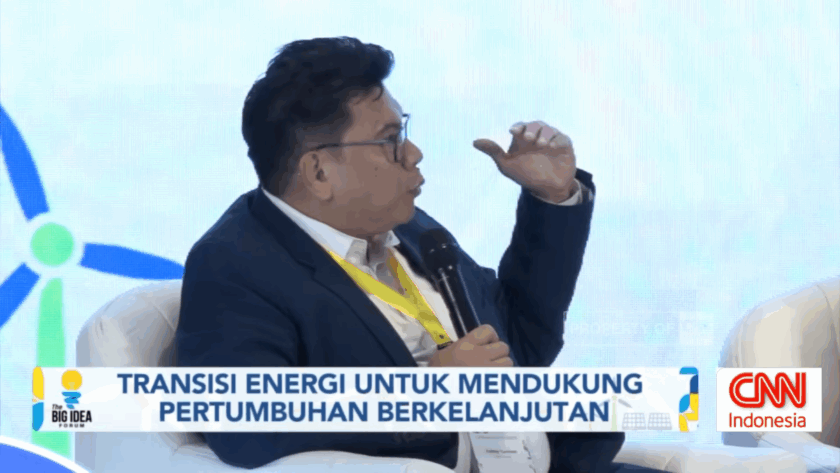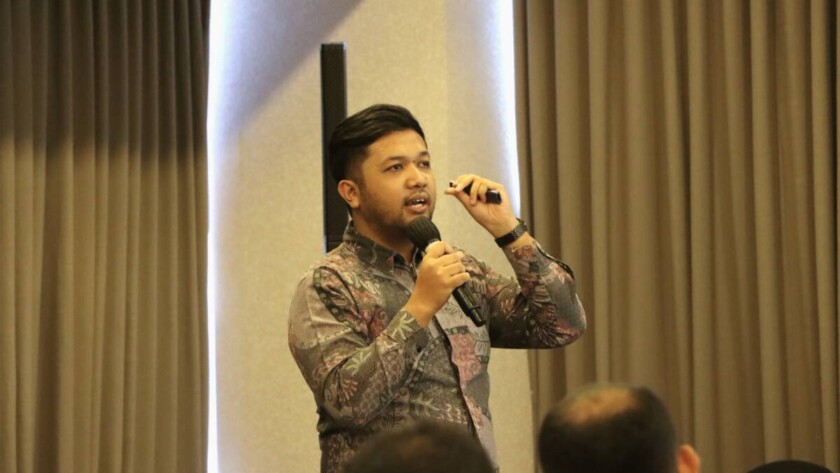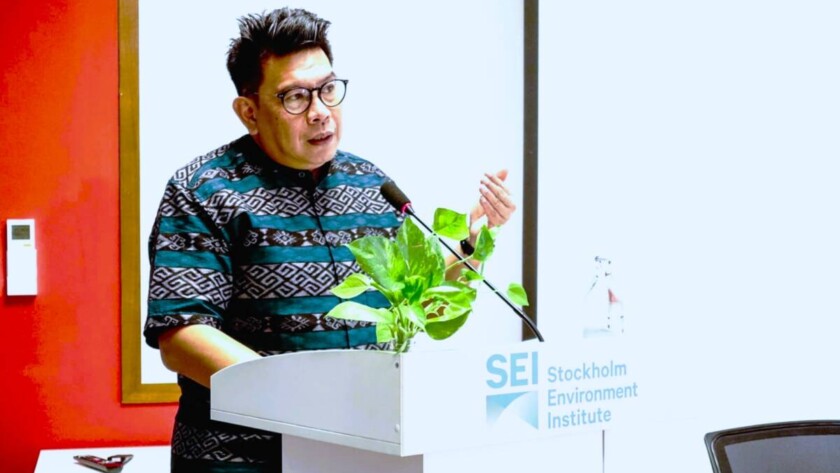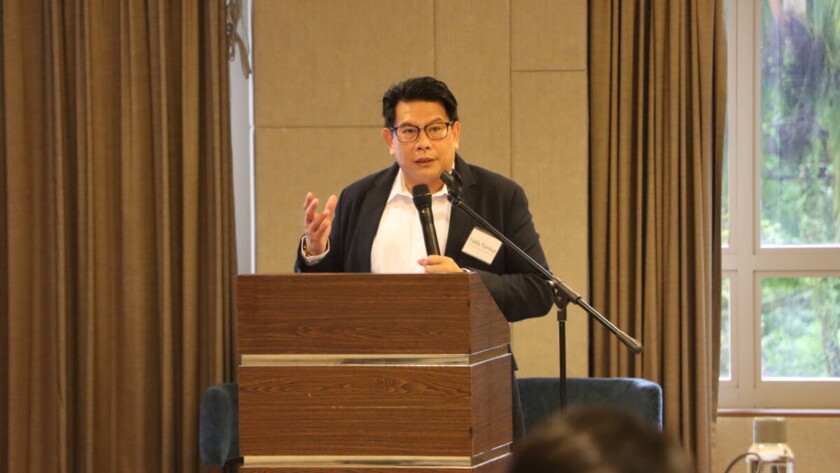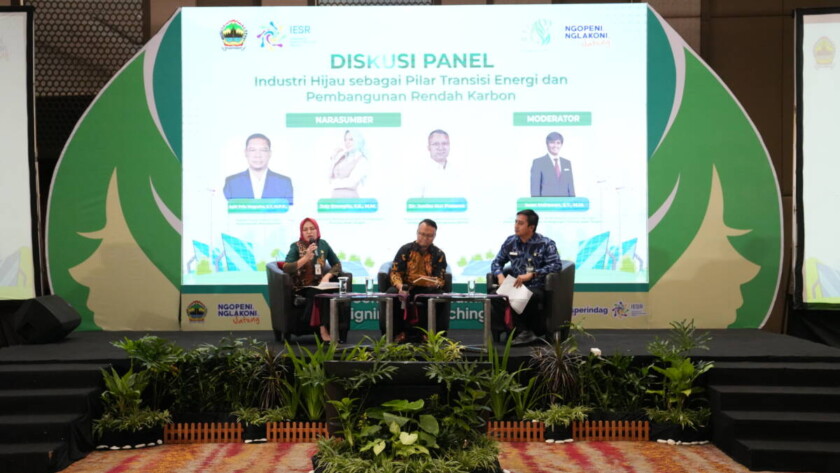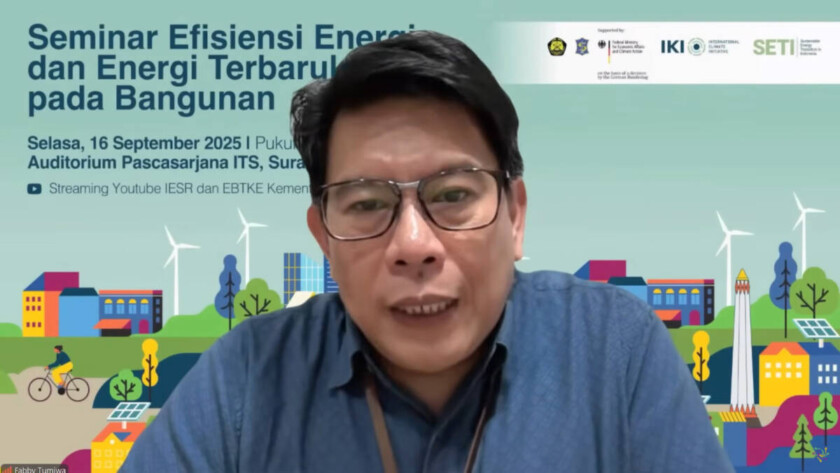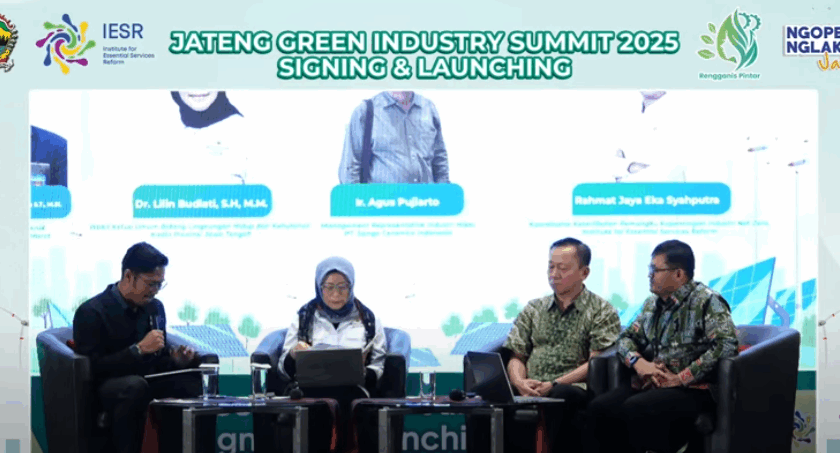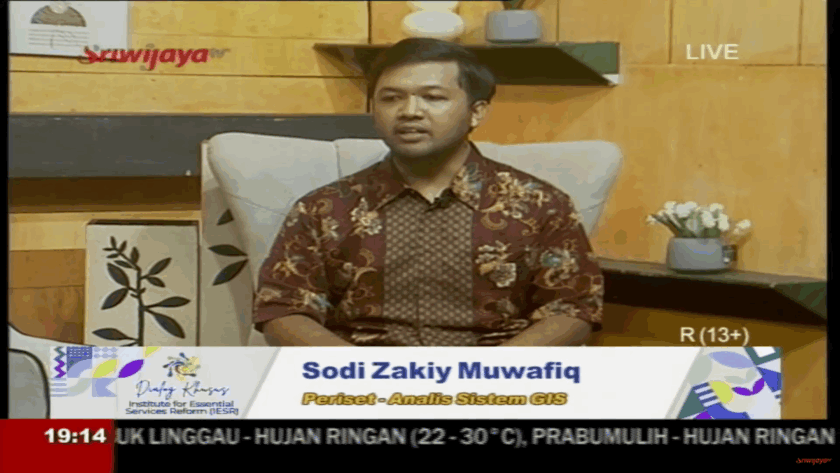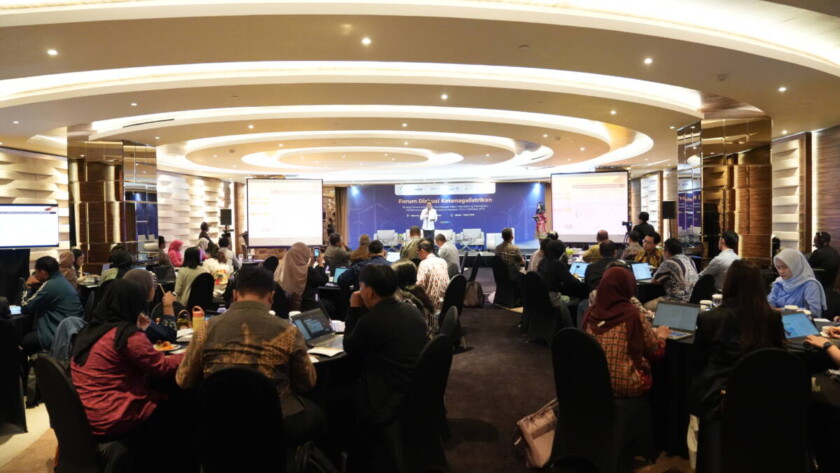Jakarta, October 13, 2025 - The energy transition is a necessity if Indonesia is to achieve sustainable growth. This was stated by Fabby Tumiwa, Chief Executive Officer (CEO) of the Institute for Essential Services Reform (IESR), in the program The Big Idea Forum and Indonesia Energy Transition Dialogue (IETD) 2025, supported by IESR, which…
